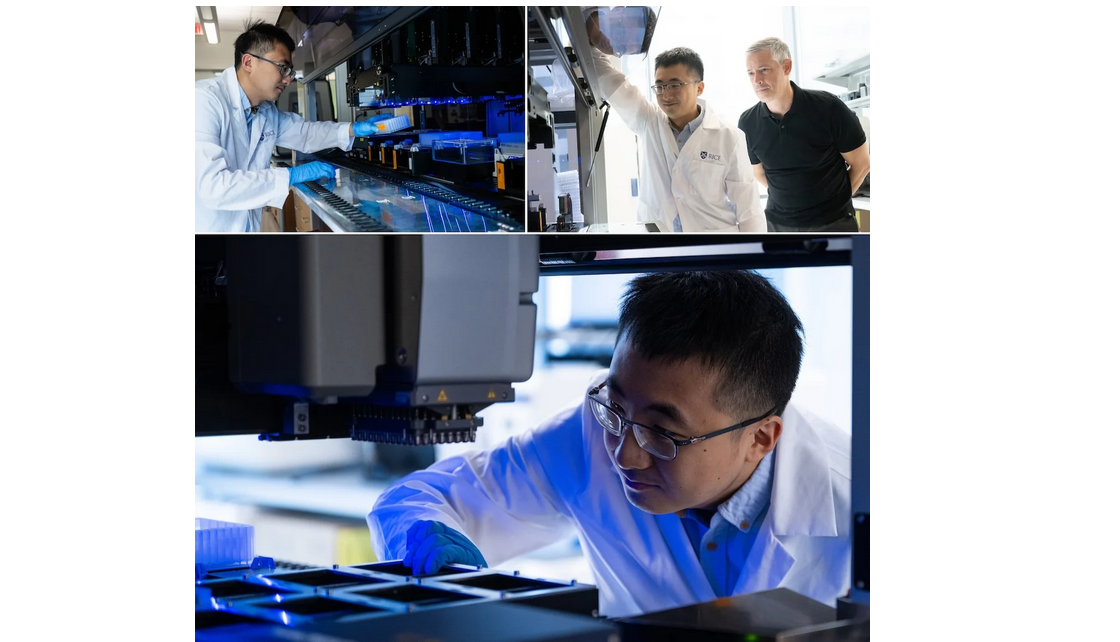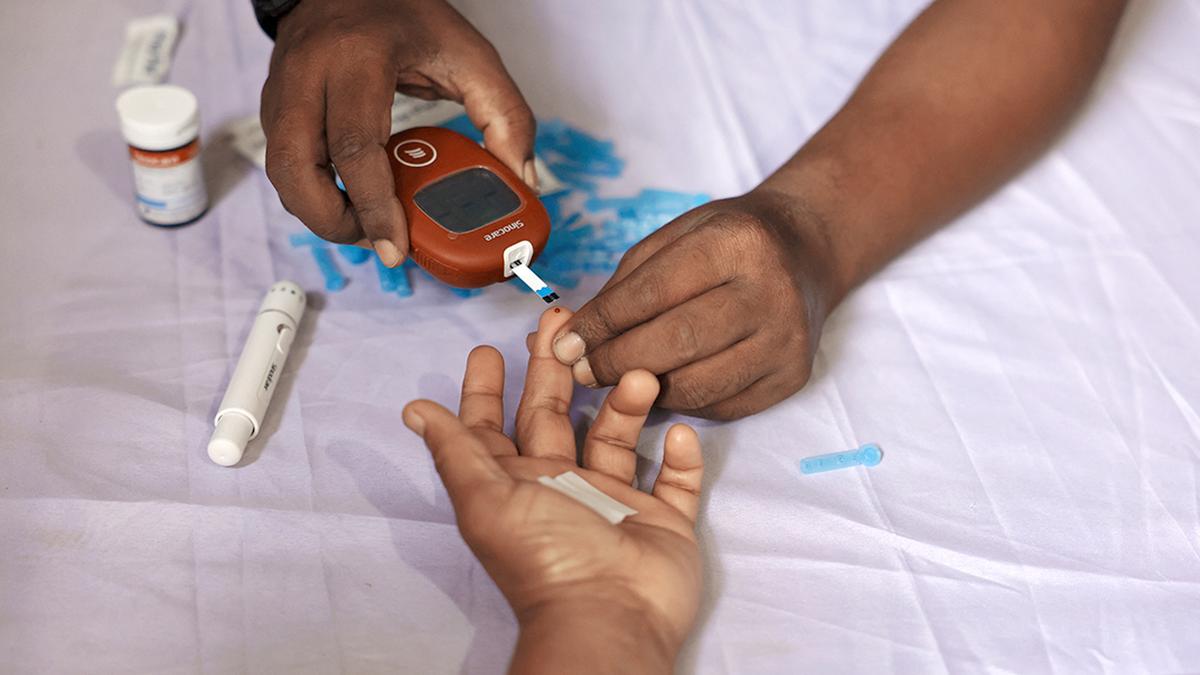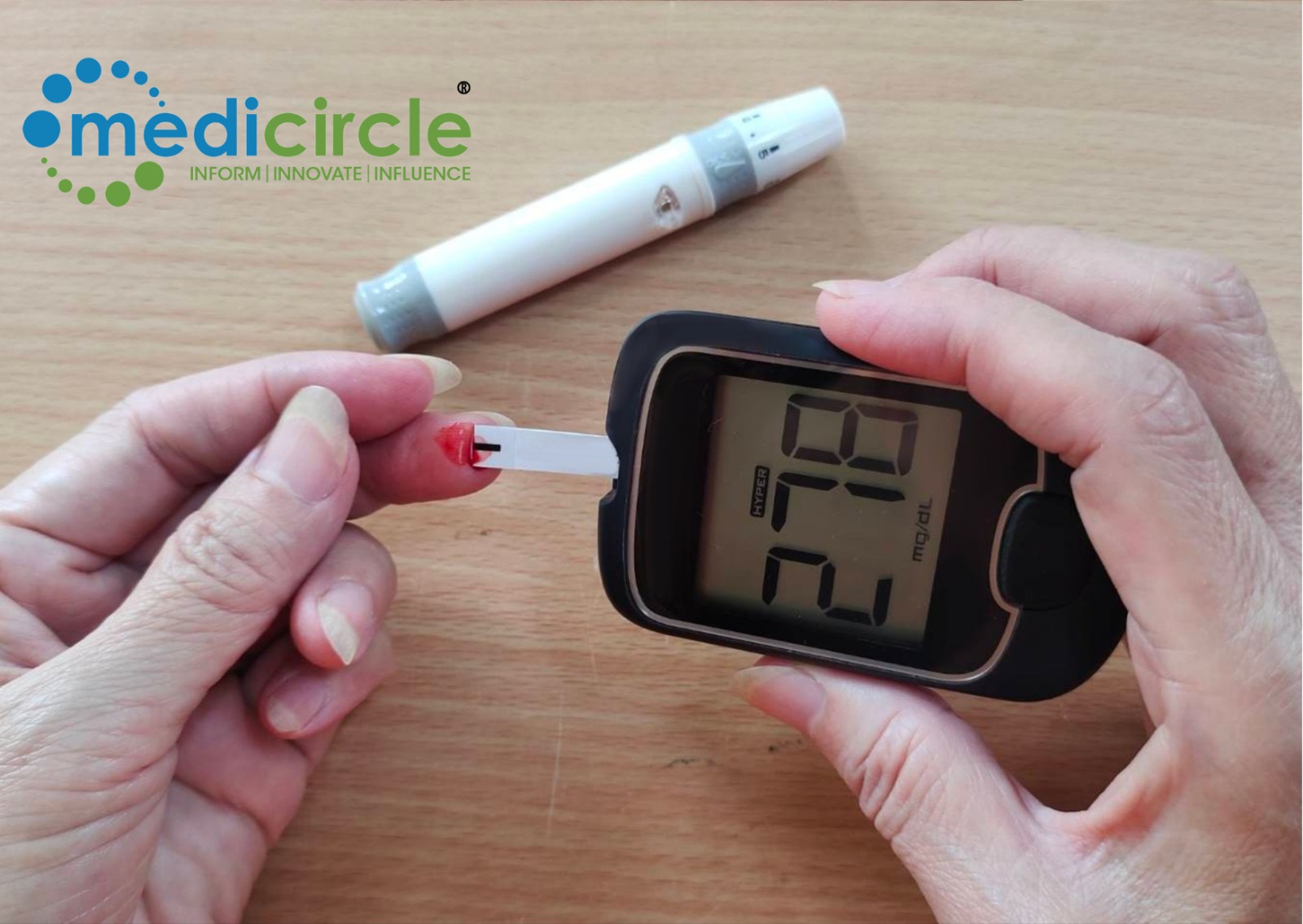When we think of medical advancements, we often picture futuristic technologies found in elite private hospitals. However, AIIMS Delhi, India’s premier medical institute, has shattered this perception by introducing robotic surgery in its general surgery department, a move that places public healthcare in India on the global map of surgical excellence.
This initiative signals more than just an upgrade in medical technology; it represents a shift in how government hospitals approach complex surgeries, patient care, and medical training. With a state-of-the-art surgical robot now operational, AIIMS Delhi is setting new standards in precision surgery, offering patients faster recoveries and fewer complications.
Why Robotic Surgery Matters
Robotic-assisted procedures have been a game-changer in medical science. These systems provide three-dimensional, magnified views of the operative field, allowing surgeons to see anatomical details that might be missed with traditional techniques. Unlike human hands, robotic arms offer unmatched dexterity, making delicate procedures smoother and reducing the risk of human error.
Dr. Hemang Bhattacharjee, a professor of surgery at AIIMS, believes this move will elevate the level of surgical care in public hospitals, making it more comparable to what is offered in top-tier private institutions. With this upgrade, AIIMS has become one of the first government hospitals in India to integrate robotic surgery into its general surgical disciplines.
This step forward is particularly significant because robotic surgery has long been the domain of private hospitals in metro cities like Delhi, Mumbai, and Chennai, primarily for fields like urology and gynaecology. However, AIIMS is breaking new ground by integrating this technology into general surgery, making it accessible to a larger segment of the population.
How Robotic Surgery Transforms Patient Outcomes
Surgery has always been a delicate balance between precision, expertise, and recovery time. Traditional open surgeries require large incisions, leading to longer healing periods and higher risks of complications. Even laparoscopic (keyhole) surgery, while minimally invasive, has limitations in handling intricate, deep-seated procedures.
Robotic surgery bridges this gap by allowing surgeons to work with enhanced vision, flexibility, and control. Some of the key advantages include:
• Minimal Blood Loss – The high-precision robotic instruments reduce trauma to surrounding tissues.
• Smaller Incisions, Less Scarring – Patients recover faster and experience less post-operative discomfort.
• Reduced Hospital Stays – Quicker recovery times mean fewer days spent in the hospital.
• Lower Risk of Infections – Smaller wounds decrease the chances of infections, making post-surgery care easier.
• Enhanced Surgical Training – Future surgeons get hands-on experience with the most advanced technology in the world.
AIIMS Delhi has already started implementing robotic surgery in complex colorectal, pancreatic, and esophageal surgeries, areas that previously posed major challenges due to their invasive nature. The results are promising, with patients experiencing faster recovery and fewer complications compared to traditional procedures.
One of the biggest concerns in India’s healthcare system is the accessibility of advanced treatments. While high-end private hospitals have long offered robotic surgery, these procedures remain out of reach for many due to their steep costs. The introduction of robotic surgery in AIIMS bridges this gap, ensuring that even patients from underprivileged backgrounds can benefit from world-class medical care.
Dr. Sunil Chumber, Head of AIIMS Department of Surgical Disciplines, highlights another crucial aspect of this initiative: education and training. AIIMS is not just a hospital but an academic institution, with over 100 surgical residents undergoing training at any given time. This new robotic system ensures that India’s future surgeons gain expertise in cutting-edge surgical methods, making the country’s healthcare infrastructure stronger in the long run.
While AIIMS Delhi is leading the way, the big question is: Will other government hospitals follow suit?
The use of robot-assisted procedures has gained momentum worldwide, and India is slowly but steadily catching up. However, robotic surgery comes with a high price tag, and expanding this technology to smaller public hospitals remains a challenge.
Some key factors that will determine the future of robotic surgery in India include:
1. Cost of Technology – Surgical robots are expensive, and integrating them into public hospitals requires government funding and long-term planning.
2. Surgeon Training – The technology is only as good as the hands that operate it. AIIMS is setting a benchmark by training its residents, but a nationwide curriculum for robotic surgery needs to be established.
3. Public Awareness – Many patients are still hesitant about robotic surgery, fearing complications or high costs. Educating the public on its safety, efficiency, and long-term benefits will be crucial.
4. Expansion Beyond Metro Cities – Currently, robotic surgery is concentrated in India’s biggest hospitals in urban areas. The challenge is to introduce this innovation to tier-2 and tier-3 cities, where advanced healthcare facilities are limited.
AIIMS Delhi’s adoption of robotic surgery is not just a technological upgrade, it’s a turning point for Indian public healthcare. It proves that cutting-edge medicine does not have to be exclusive to the elite and that government hospitals can match, and even surpass, private institutions in medical excellence.
While challenges remain, this move by AIIMS sets a precedent for other hospitals across India to follow. If robotic surgery becomes more widespread, the dream of world-class healthcare for all Indians may not be as distant as it once seemed.
The question now Is: Will India’s public healthcare system embrace this revolution, or will robotic surgery remain a privilege for the few? The answer will determine the future of surgery in the country.

 AIIMS sets a precedent for other hospitals across India to follow. If robotic surgery becomes more widespread, the dream of world-class healthcare for all Indians may not be as distant as it once seemed.
AIIMS sets a precedent for other hospitals across India to follow. If robotic surgery becomes more widespread, the dream of world-class healthcare for all Indians may not be as distant as it once seemed.




















.jpeg)

.jpeg)










.jpg)




.jpg)

